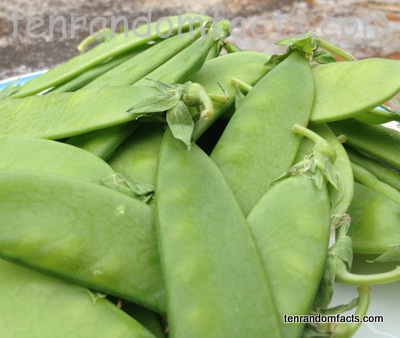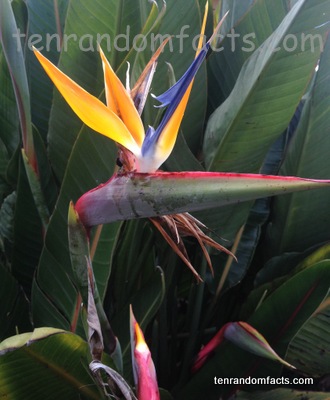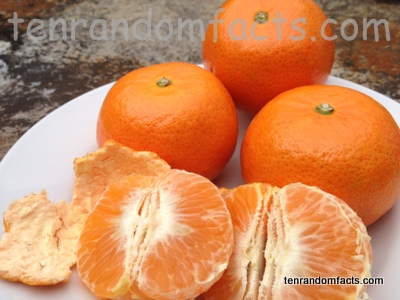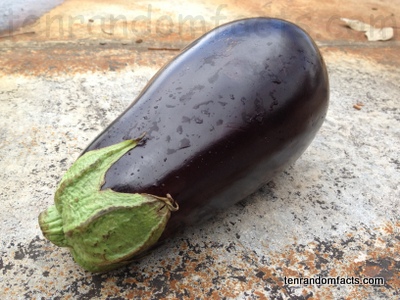
Smell the strong smelling rosemary.
- The scientific name of rosemary is Rosmarinus officinalis, ‘rosmarinus’ being Latin for ‘dew of the sea’, which is said to be a reference to its little need for water which can be derived from the moisture in the sea air.
- Rosemary is an evergreen, woody herb with spiky looking green leaves and mauve, purple, blue, white or pink coloured flowers.
- Rosemary is native to the Mediterranean area and is from the Lamiaceae family, which is the family of mint.
- Rosemary is also known as ‘anthos’, the Greek word for ‘flower’, and the ‘Rose of Mary’, due to the suggestion that Virgin Mary laid her cloak on the herb.
- Rosemary leaves are often used as a seasoning for stuffings and meat such as roast lamb, chicken, pork, turkey and in Mediterranean dishes, and the flowers can also be used, sometimes featuring in salads.
- Rosemary is quite drought tolerant, can be grown as a hedge plant, and ranges in height from 30 cm – 1.5 meters (1-5 feet) depending on the species.
- In 2013, it was officially proven that rosemary helps the brain with remembering and clarity due to the smell of the essential oil that is contained in the plant, although the Ancient Greeks and Shakespeare both discovered these memory properties long ago.
- Rosemary contains vitamin C, vitamin B6, folate, iron, calcium and manganese, and because it contains rosmarinic acid which has antioxidant and anti-inflammatory properties, it is often used for medicinal purposes, including the treatment of hair for dandruff and baldness.
- Rosemary was worn by both the bride and the groom in weddings in the Middle Ages, and a piece was then planted in the hope of good luck for the couple’s marriage.
- Rosemary is often worn at Australia’s ANZAC Day ceremonies due to the abundance of the herb at the Gallipoli war grounds and its association with remembrance.


















